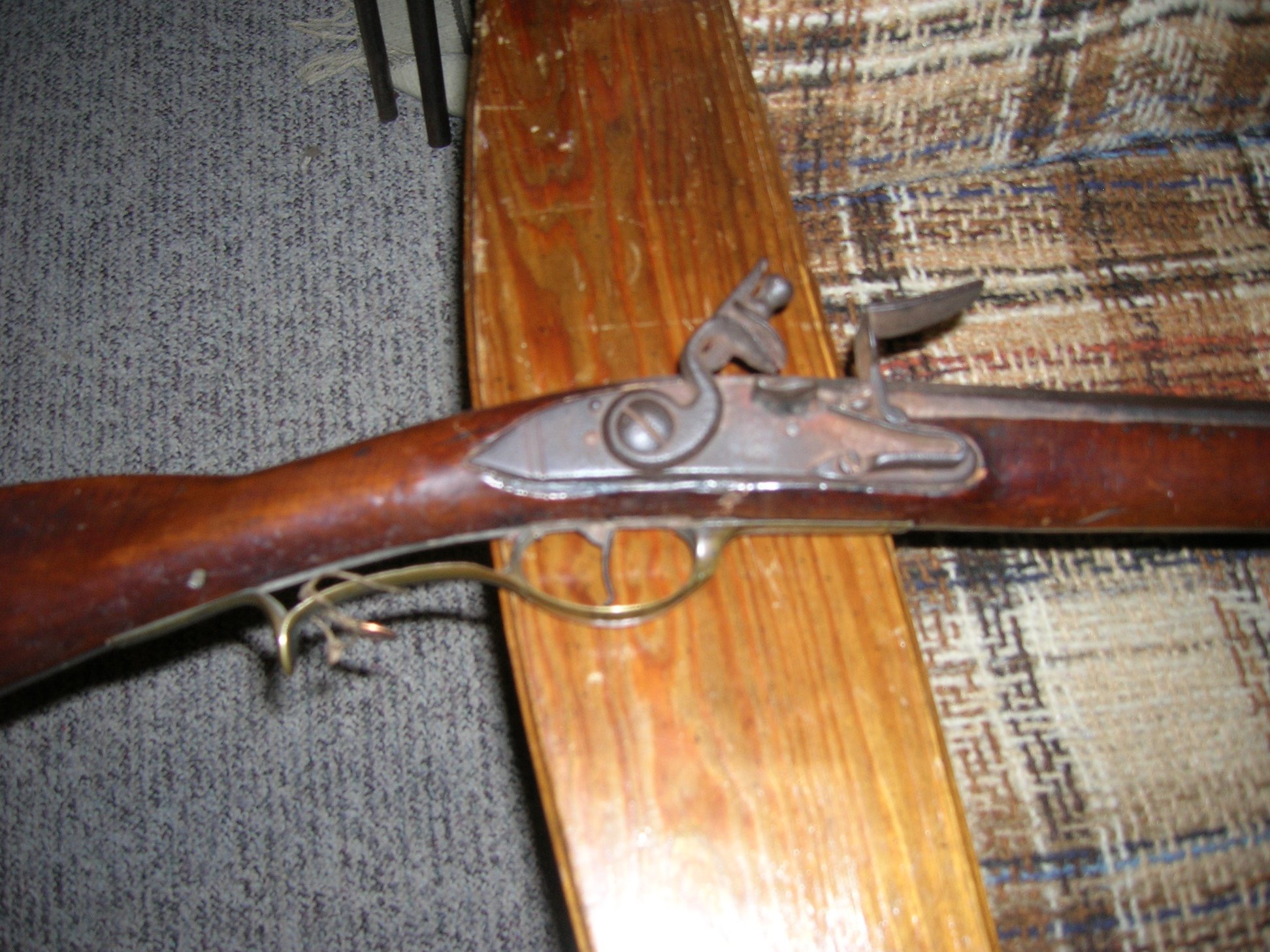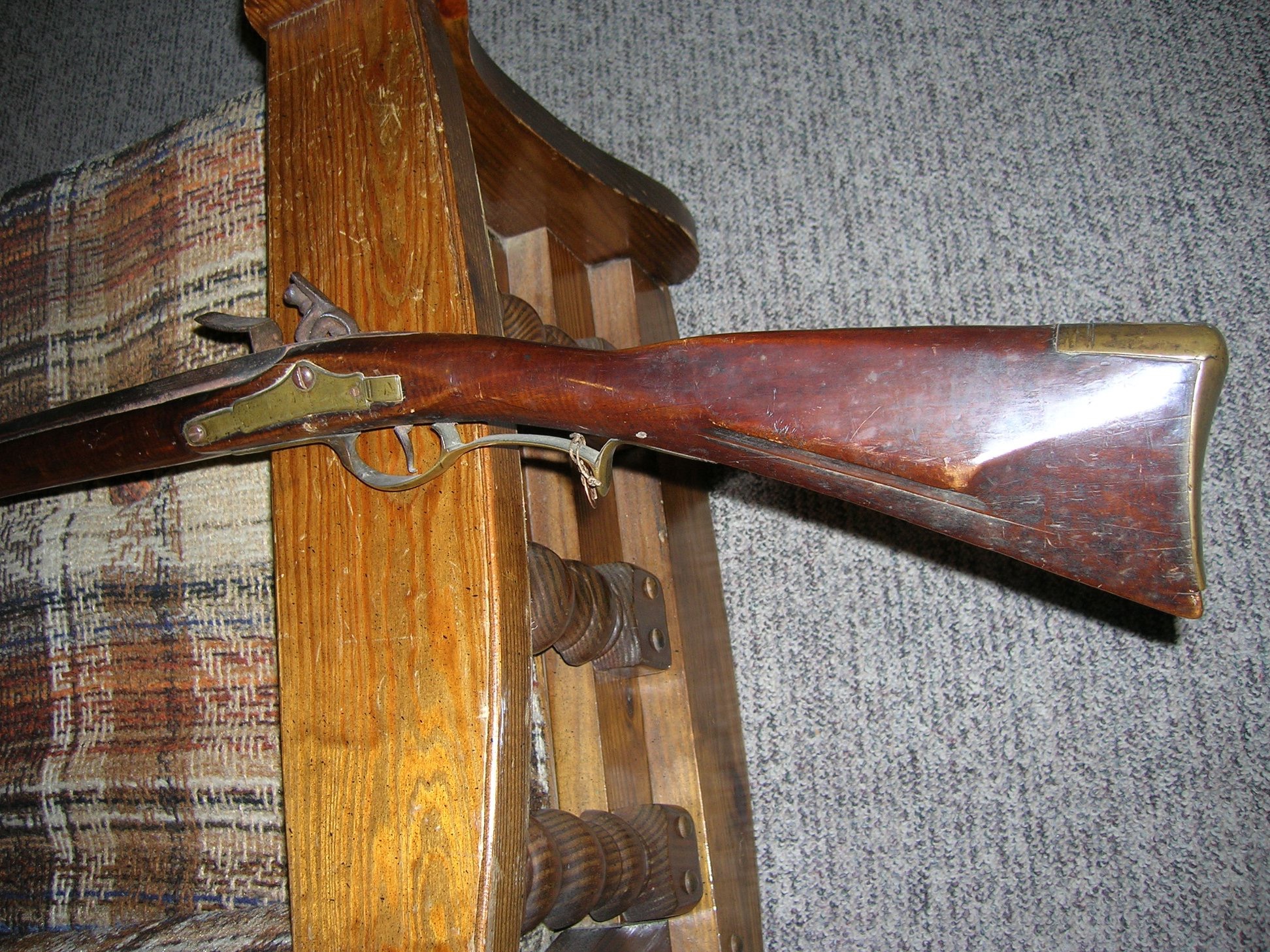54ball
62 Cal.
- Joined
- Aug 23, 2004
- Messages
- 3,116
- Reaction score
- 1,024
Mr Howard,
Nathan covered most of it.
The Feather Gun is an old Rifle once owned by the late Reeves Goering from the same general region as the Faber and the Woodsrunner. Some say it could have been made by the same hand or at least the same "school" as the Woodsrunner.
School is a modern term to link gun smiths by region, town, county or family. Schools have their district style.
Wallace Gusler the first master gunsmith at Colonial Willaimsburg and noted longrifle historian uses the term step toe for step wrist.
Personally I consider later very slight step wrists to be step toes.
The Kibler is great for you. It fits what you want.
be very careful with it as it's nearly to finished dimensions and you have to handle it like a finished rifle. They are very delicate with the barrel out of the stock....nothing like a modern gun. Too, be very mindful taking the barrel in and out of the stock.
In other words, Don't Hoss it.
I'm just a student of these guns. I can kind of, sort of, put one together. I'm below apprentice level so I'm by no means a big shot.
Mr Pierce, ElNathan....Those guys are big shots. They know their stuff.
Nathan covered most of it.
The Feather Gun is an old Rifle once owned by the late Reeves Goering from the same general region as the Faber and the Woodsrunner. Some say it could have been made by the same hand or at least the same "school" as the Woodsrunner.
School is a modern term to link gun smiths by region, town, county or family. Schools have their district style.
Wallace Gusler the first master gunsmith at Colonial Willaimsburg and noted longrifle historian uses the term step toe for step wrist.
Personally I consider later very slight step wrists to be step toes.
The Kibler is great for you. It fits what you want.
be very careful with it as it's nearly to finished dimensions and you have to handle it like a finished rifle. They are very delicate with the barrel out of the stock....nothing like a modern gun. Too, be very mindful taking the barrel in and out of the stock.
In other words, Don't Hoss it.
I'm just a student of these guns. I can kind of, sort of, put one together. I'm below apprentice level so I'm by no means a big shot.
Mr Pierce, ElNathan....Those guys are big shots. They know their stuff.






